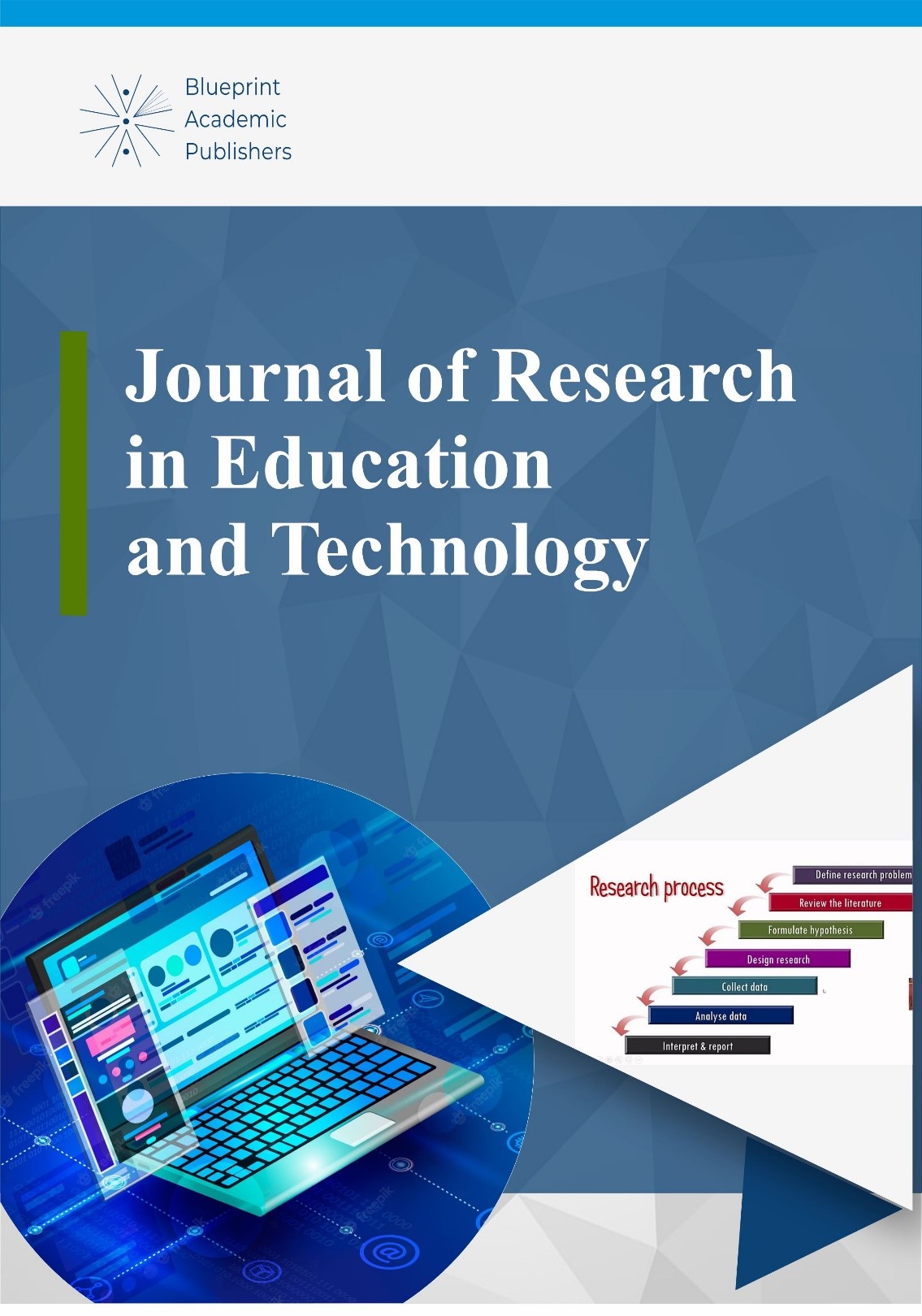Barriers Affecting Student Guidance and Counseling in Addressing Mental Health Among University Students in Public Universities in Kenya
Main Article Content
Keywords
Barriers, students, guidance and counseling, mental health, university, public universities, Kenya
Abstract
The high and rising prevalence of mental health challenges (such as depression, anxiety, and substance abuse) among university students poses a serious threat to their academic performance, retention and overall well-being. Public universities in Kenya have established Guidance and Counseling services as a primary mechanism to address these issues. However, despite the acknowledged need for and availability of these services, a large proportion of students in distress do not utilize them. The study examined barriers that affect student guidance and counseling in addressing mental health among university students in Public Universities in Kenya. The study was based on Person-centered therapy pioneered by Carl Rogers in 1940s. Employing mixed methods research design, the study utilized both qualitative and quantitative approach. The total target population comprised 31,578 students and 25 counselors, from which a total sample of 749 students (377 from University A and 372 from University B) and all 25 counselors were strategically selected for participation. The sample size for the student population was determined using Krejcie and Morgan's (1970) sample size determination table. A stratified random sampling technique was then employed to ensure proportional representation of students across faculties and years of study. For the counselors, a census approach was used, involving all 25 counselors from both universities. The questionnaire employed both closed-ended questions and open-ended questions. Quantitative data was coded and analyzed using the Statistical Package for the Social Sciences (SPSS) Version 28. Descriptive statistics, including frequencies, percentages, means, and standard deviations. Data from interviews were transcribed and subjected to thematic analysis. Quantitative findings revealed that peer-related stigma was a predominant obstacle, with 69.29% of students fearing peer judgment for seeking services. Furthermore, systemic and institutional challenges were profound: 79.17% of students reported lacking sufficient time to access counseling due to academic demands, and a majority of counselors (62.75%) acknowledged confidentiality concerns among students. Further, 60% of counselors reported being assigned additional duties like teaching, leading to burnout and reduced counseling capacity, a finding corroborated by qualitative interviews which highlighted chronic understaffing and a lack of essential resources. These results collectively demonstrate that the effectiveness of mental health support is severely compromised by attitudinal, logistical, and institutional barriers. To address this, it is recommended that University Administrations increase professional counseling staff and introduce flexible scheduling, while the Ministry of Education must enforce standardized policies ensuring a manageable student-to-counselor ratio and funding for essential resources to restore trust and improve service accessibility.
References
Bohart, A. C., & Watson, J. C. (2011). Person-centered psychotherapy and related experiential approaches. In J. C. Norcross, G. R. VandenBos, & D. K. Freedheim (Eds.), History of psychotherapy: Continuity and change (2nd ed., pp. 133-167). Washington, DC: American Psychological Association. https://psycnet.apa.org/record/2011-14204-007
Corrigan, P. W., Druss, B. G., & Perlick, D. A. (2014). The impact of mental illness stigma on seeking and participating in mental health care. Psychological Science in the Public Interest, 15(2), 37-70. https://doi.org/10.1177/1529100614531398
Creswell, J. W., & Clark, V. L. P. (2017). Designing and conducting mixed methods research. Sage publications.
Grove, S. K., Burns, N., & Gray, J. (2013). The practice of nursing research: Appraisal, synthesis, and generation of evidence (7th ed.). St. Louis, MO: Elsevier Saunders.
Guney, S., Kalafat, T., & Boysan, M. (2010). Dimensions of mental health: Life satisfaction, anxiety and depression: A preventive mental health study in Ankara University students population. Procedia-Social and Behavioral Sciences, 2(2), 1210-1213. https://doi.org/10.1016/j.sbspro.2010.03.170
Lemesa, D. (2018). Challenges affecting the provision of guidance and counseling services in public universities in Kenya. International Journal of Psychology and Counseling, 10(3), 24-35. https://doi.org/10.5897/IJPC2017.0508
Simpson, J. L., & Ferguson, K. (2014). Supervisor stress in Kenya's public university counseling centers. International Journal for the Advancement of Counselling, 36(4), 383-393. https://doi.org/10.1007/s10447-014-9216-5
Songok, J. J., Boit, J. M., & Kemboi, A. K. (2013). Challenges facing guidance and counseling teachers in public secondary schools in Keiyo South District, Kenya. Journal of Education and Practice, 4(4), 160-170.
Trunk, D. L., & Abrams, L. (2009). Do younger and older adults’ communicative goals influence off-topic speech in autobiographical narratives?. Psychology and Aging, 24(2), 324. https://doi.org/10.1037/a0015259
World Health Organization. (2004). Promoting mental health: Concepts, emerging evidence, practice. Geneva, Switzerland: Author. Retrieved from https://apps.who.int/iris/bitstream/handle/10665/42940/9241591595.pdf
World Health Organization. (2010). Mental health and development: Targeting people with mental health conditions
as a vulnerable group. Geneva, Switzerland: Author. Retrieved from https://www.who.int/mental_health/policy/mhtargeting/en/
World Health Organization. (2013). Mental health action plan 2013-2020. Geneva, Switzerland: Author. Retrieved from https://www.who.int/mental_health/publications/action_plan/en/
World Psychiatric Association. (2015). World Mental Health Day 2015. Retrieved from https://www.wpanet.org/world-mental-health-day-2015

